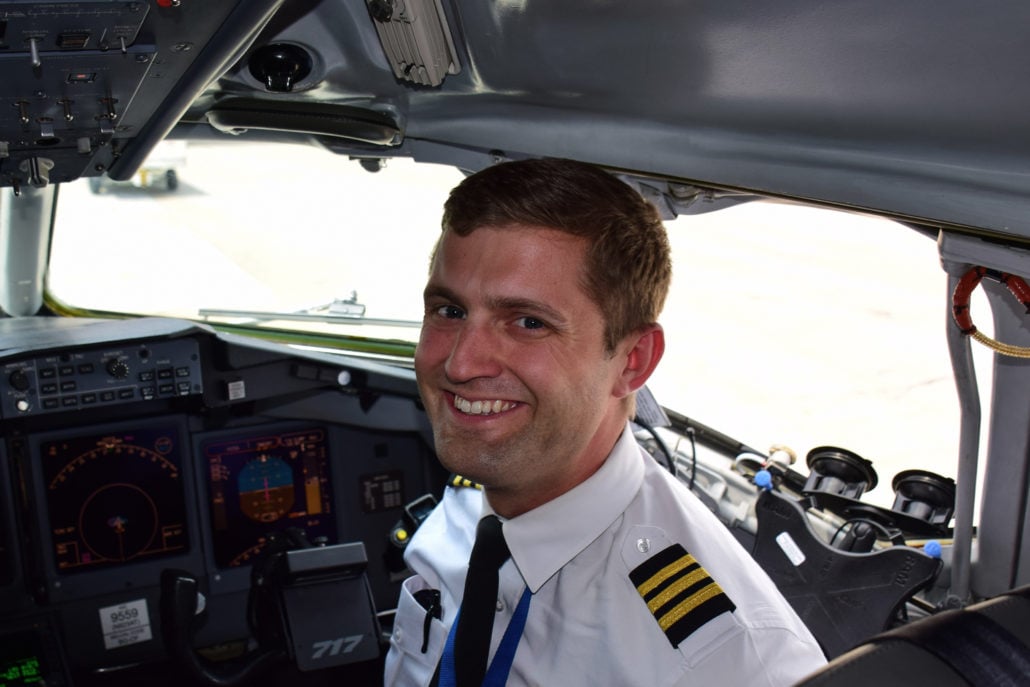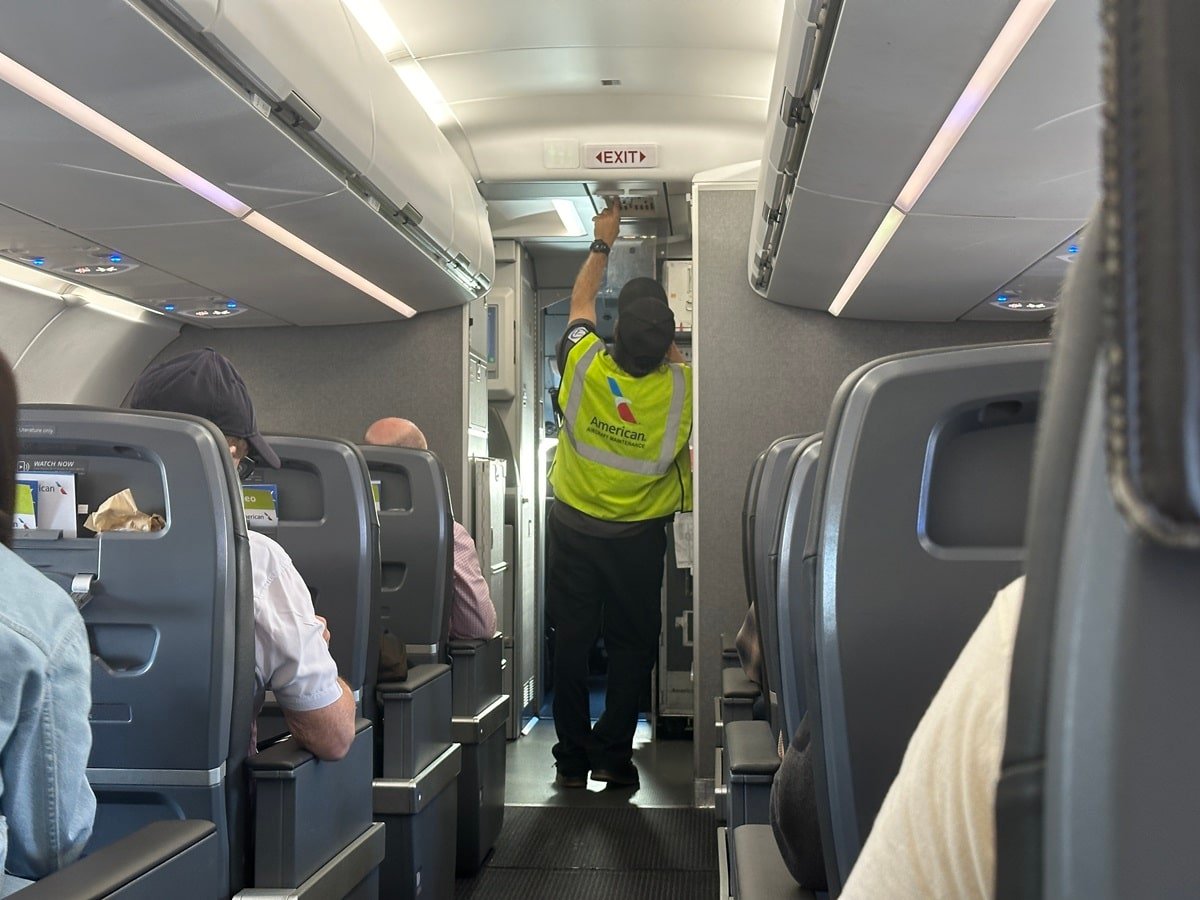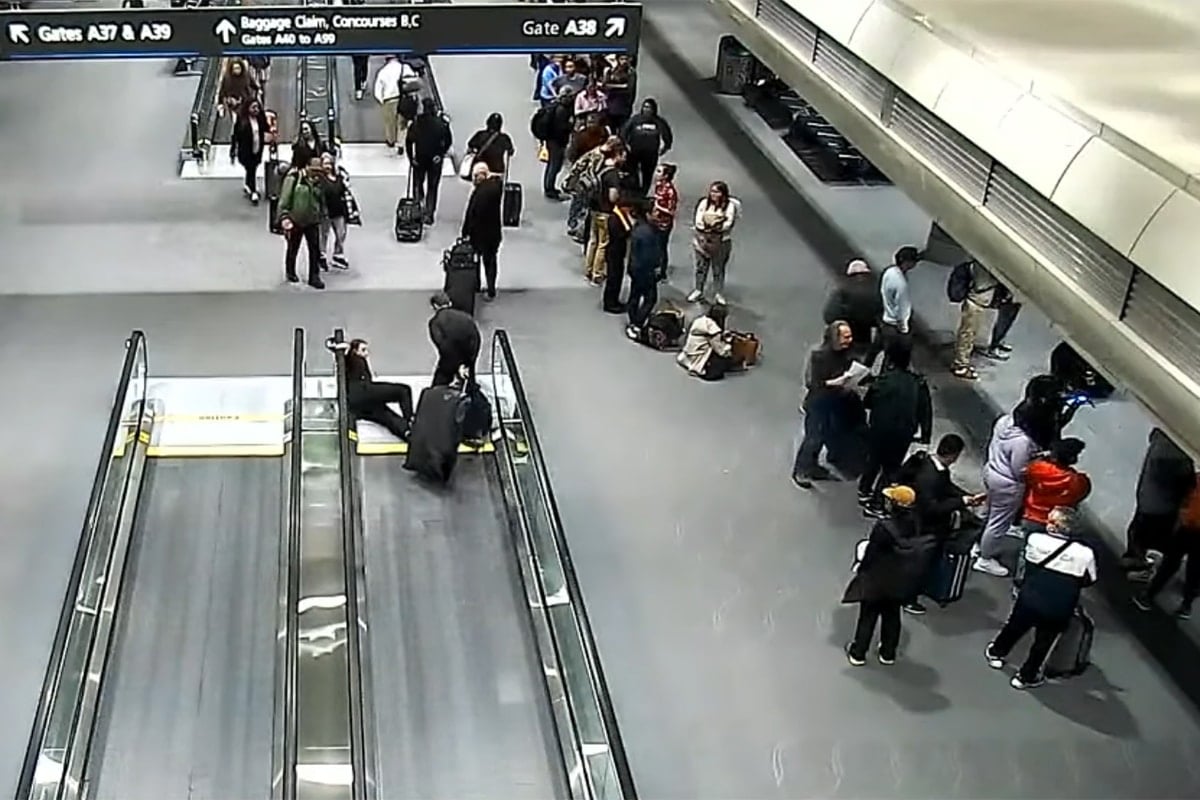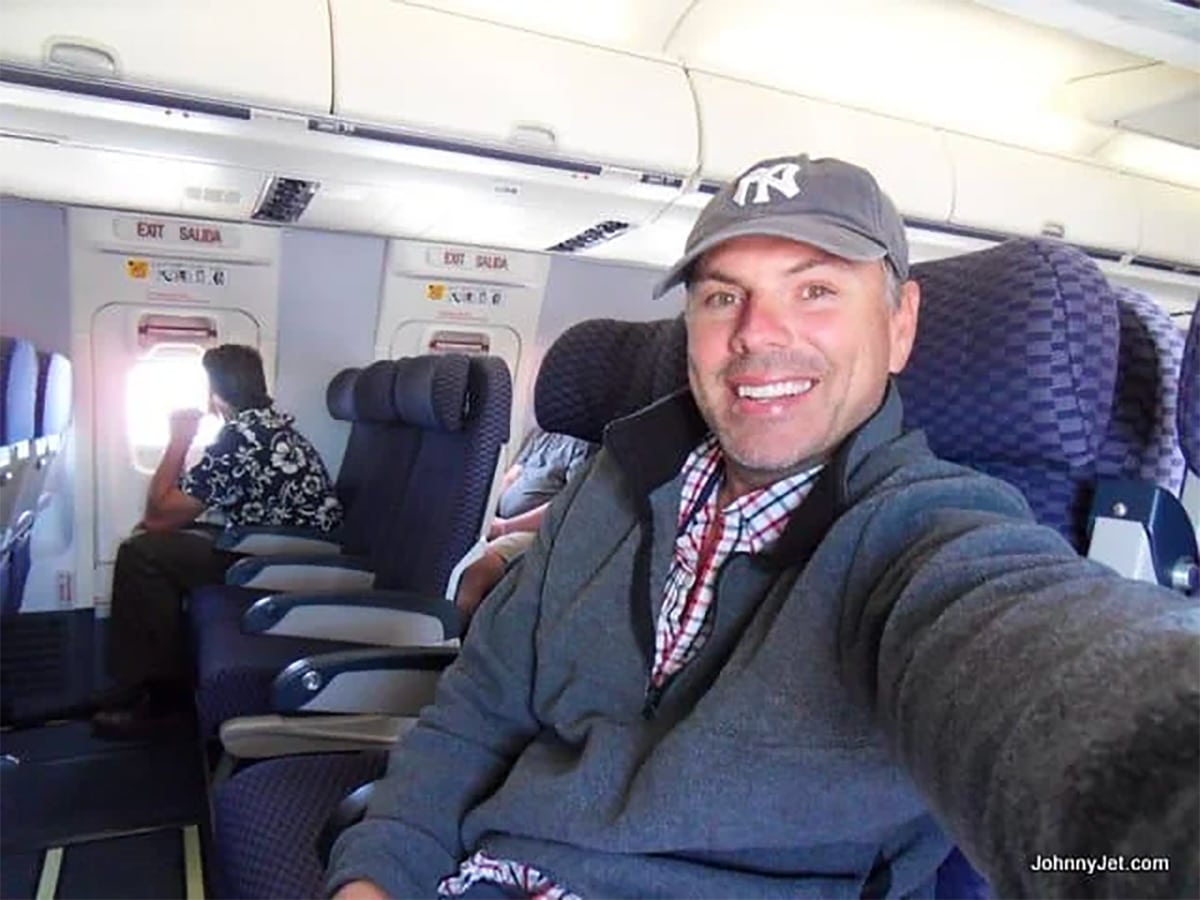
In our Ask a Pilot series, pilot Spencer Marker answers one of your aviation-related questions each week. See past installments here and submit your own to whitney@johnnyjet.com.
The question
Hi! I was on a flight that was delayed roughly an hour and when the captain made his announcement he said that we should be able to make up some time. How is this possible?
—Sara
The answer
Hi Sara, and thank you for writing in. The ability of flight crews to make up time during a flight can be something of a mystery to non-aviation folks. But there are several tools your pilots have to make up time. Below are a couple tactics we use to make sure we get you to your destination safely, and on time.
Speed
The obvious answer to making up a couple minutes en route is to fly faster. Most commercial aircraft do not fly at their maximum speed, as doing is very inefficient. An airplane’s best fuel economy occurs at a high speed (for some airplanes even near the speed of sound). However, at a certain point, fuel efficiency diminishes with speed. Therefore, to go faster, a pilot must burn more fuel.
So, if a pilot is running behind and wants to make up time, he will contact the flight’s dispatcher (a person following the flight at the airline’s headquarters) and request an increase in the planned cruise speed. The reason for the call is simple. The pilot wants to make up time but must make sure that the increase in fuel burn won’t cause the airplane to go below what is required for a safe and legal landing.
If all is good, pilots bump up the speed to shave a few minutes off the flight time.
Direct routing
Increasing speed is a very obvious way to shorten flight time, but a pilot’s most effective choice is requesting direct routing from Air Traffic Control. As I’ve stated in a previous Ask a Pilot, the way a flight navigates to its destination is by overflying a series of points. Because of air traffic constraints, these points aren’t necessarily in a straight line and don’t always form the most efficient or expeditious flight path.
With that in mind, we pilots are always looking for shortcuts along the route to make up time. On short flights, the benefits can be negligible. However, on longer routes, like NYC-LAX, a good shortcut can save five minutes or more. For direct routing on longer flights, pilots will once again talk to their dispatcher (either via a call through the radio or text through our flight computer). This coordination ensures that a direct route won’t fly the airplane towards bad weather or into a strong headwind.
Block time
While it is not a factor in making up time in flight, extra block time can miraculously make a flight that departs late arrive on-time.
This is because there are two ways to measure a flight’s timing. The first is via flight time. That is the time between when the wheels of the airplane leave the ground and when they touch down again at your destination. This is the time that matters to pilots and is what we try to cut down on while we are flying.
Then there is block time. This is the time between pushback and arrival at the destination. It’s also the time the airline tells its passengers the plane leaves and when it’s scheduled to arrive.
Block time is nearly always greater than flight time. Sometimes considerably so. And this extra time is where airlines build in padding in case of unexpected weather, in-flight holding or airport delays. Airlines add this time to ensure their operation stays on time and passengers have time to make their connections should unexpected circumstances arise. Flights to delay-prone airports—like New York’s La Guardia—have significantly more extra time built in than a flight to Des Moines.
So while an airplane may leave the gate late, there is the possibility that it can still arrive on time to its destination.
To sum up
Thanks for the great question this week, Sara. Pilots are always there ensuring that passengers have a safe, comfortable and on-time experience. Unforeseen circumstances can lead to departure delays. And while we can’t always make a late flight arrive on time, we will always do our best to get you there as quickly and, more importantly, safely as we can.
Have good stories of your flight crew making up time in flight? Post them in the comments below!
And if anyone have a burning aviation question or something you would like cleared up, drop us a line at Whitney@johnnyjet.com to get your question featured in an upcoming Ask a Pilot column.
Tailwinds,
—Spencer







